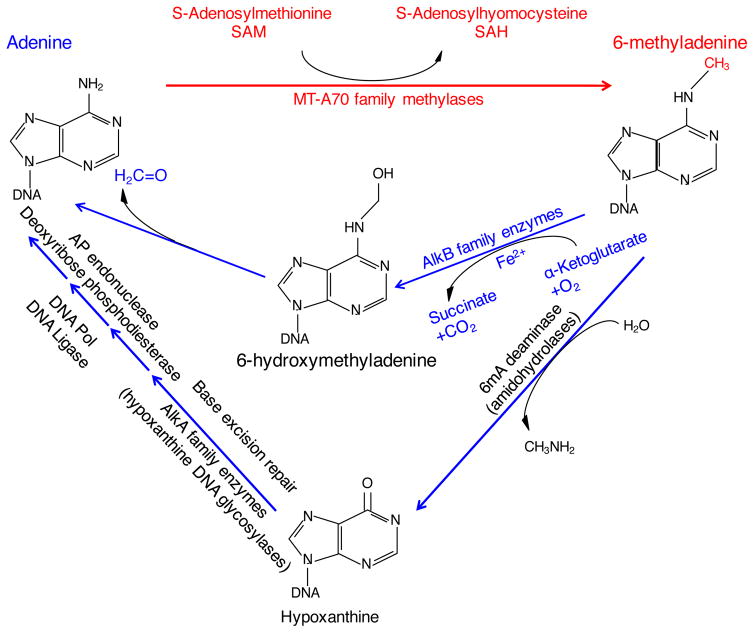Figure 2. Mechanisms of N6-adenine methylation and demethylation.
MT-A70 family methylases catalyze the methylation of adenine at the sixth position of the purine ring. MT-A70 methylases use S-adenosylmethionine (SAM) as their methyl donor to generate 6-methyladenine and S-adenosylhomocysteine (SAH).
Adenine could be regenerated from 6mA by several different enzymatic mechanisms: AlkB family enzymes catalyze the oxidative demethylation of 6mA. AlkB enzymes require α-ketoglutarate and Fe2+ and use oxygen to oxidize the methyl group. This oxidative demethylation reaction first generates 6-hydroxymethyladenine, which releases its formaldehyde group to generate adenine. Alternatively, 6mA can be deaminated and subsequently removed via the base excision repair pathway. First, 6mA deaminase hydrolyzes the methylamine to generate hypoxanthine. Hypoxanthine is recognized as a damaged base by AlkA family enzymes, which cleave the glycosyl bond to remove the base. Apurinic (AP) endonuclease cleaves the phosphodiester backbone at the abasic site, exposing the residual 5′ deoxyribose phosphate group, which is then removed by deoxyribose phosphodiesterase. Finally, DNA polymerase I incorporates the unmodified adenine and DNA ligase catalyzes the formation of the phosphodiester bond.

